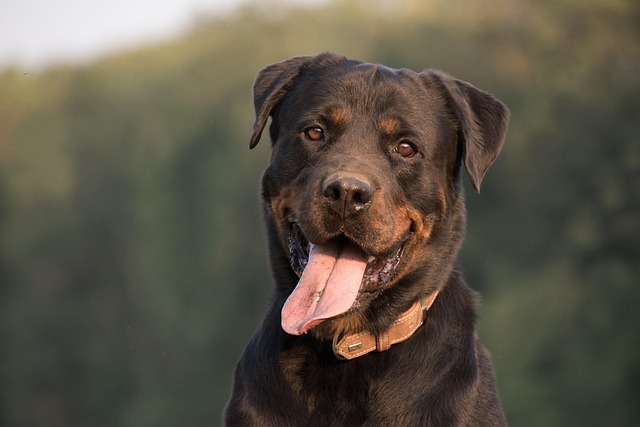
What is glaucoma in a dog?
You might notice your dog squinting more at mealtime or avoiding bright sunlight—these small changes could be early signs of a serious eye condition.
If you’re new to dog parenting, you’ve probably stared at that half-full water bowl, wondering why your pup takes tiny sips once a day while you refill your own bottle five times. Last winter, my neighbor Clara faced this with her 8-month-old dachshund, Lola. Lola would sniff her bowl, walk away, and then spend evenings licking the bathroom faucet—until Clara noticed her dry nose and lethargic mornings. The vet confirmed mild dehydration, a common issue for new owners who assume dogs will drink when thirsty. But here’s the thing: some pups need a little help staying hydrated, especially in dry indoor air or with picky personalities.
Dogs rely on water for everything—digestion, regulating body temperature, even keeping their joints lubricated. Unlike humans, they don’t always recognize thirst until they’re already low on fluids. Dr. Reed, a vet in Austin, explains: “Small breeds like Yorkies or senior dogs with arthritis often drink less because bending to reach bowls is uncomfortable, while brachycephalic breeds like French bulldogs lose moisture faster through panting.” You’ll spot the signs: dark yellow urine, dry gums, or your dog avoiding playtime. Clara noticed Lola stopped chasing her toy squirrel—classic dehydration behavior she’d missed for weeks.
So how do you encourage them? Start with their bowl. Some dogs hate the sound of metal bowls clinking, so try a ceramic or stainless steel one (avoid plastic, which can harbor bacteria). Raise it slightly on a low stand if bending is hard—my 12-year-old beagle, Max, drinks more from a raised bowl that eases his hip strain. Add a few ice cubes—most pups love crunching them, and the cold water tastes fresher. If they’re still hesitant, mix a teaspoon of low-sodium chicken broth (no onions or garlic) into their water, then praise them when they sip and offer a tiny treat. That positive reinforcement turns drinking into a happy habit—never push their head toward the bowl; fear will make them avoid it more.

Living in an apartment means thinking about placement. Keep bowls away from their food (dogs instinctually avoid eating and drinking in the same spot, a leftover from wild days) and in quiet areas—loud appliances like dishwashers can scare shy pups. Change water twice daily, especially if you use a fountain; stale water smells off to their sensitive noses. When heading to community dog parks, pack a collapsible bowl—just like you’d bring poop bags for cleanup. It’s not just polite; in cities like Chicago, many parks require owners to provide water, and skipping this can earn you warnings.
Don’t forget the basics: during your next vet visit (required for keeping vaccines like rabies current in most states), ask about your dog’s ideal water intake. A good rule is 1 ounce per pound of body weight daily, but activity level matters—active breeds like border collies need more than couch potato pugs. With patience, the right tools, and lots of praise, you’ll turn that half-full bowl into a daily success story. Lola now trots to her bowl after walks, tail wagging, and Clara no longer worries about faucet-licking marathons—proof that a little effort goes a long way in keeping your pup hydrated and happy.

You might notice your dog squinting more at mealtime or avoiding bright sunlight—these small changes could be early signs of a serious eye condition.

Let’s set the scene: It’s a sweltering Phoenix afternoon—105°F outside—and you rushed your 2-year-old Lab mix, Cooper, on a quick walk to “get it over with.”

Let’s get real: You’re in your Miami apartment, watching your 3-year-old Corgi, Loki, struggle to climb the stairs to your second-floor unit.

Many dog owners brush off occasional scratching as just “dog behavior,” but persistent itching often signals something more—like a food allergy.

You might first notice your dog scratching more than usual—chewing at their paws until the fur looks thin, or rubbing their face against the couch nonstop.

Let’s be real: You’re standing in your Chicago apartment, watching your 3-year-old Beagle, Max, huff and puff just to climb onto the couch.